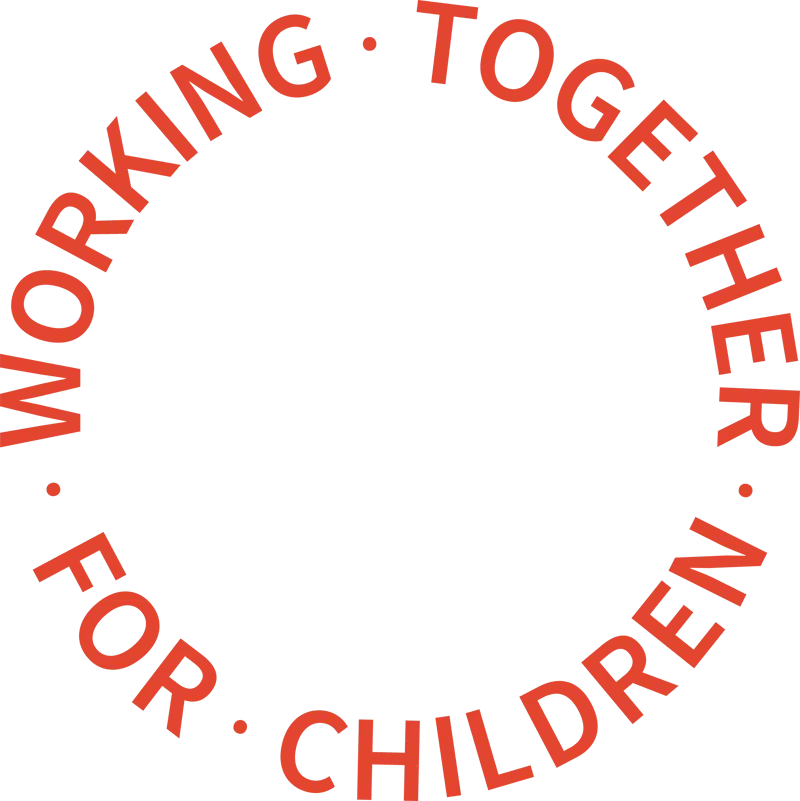Just 80 per cent of children with a social worker were in attendance at school last week.
Department for Education statistics shows that approximately 80% of all pupils with a social worker on roll in all state-funded schools were in attendance on 10 December the same as on 3 December and approximately 80% of all pupils with an EHCP on roll in all state-funded schools were in attendance on 10 December, the same as the previous week.
Attendance in state funded schools overall on 10 December was 84.6%. This has come down from 89.9% for attendance in all state funded schools on 1 October.
Attendance in state-funded schools steadily increased in September to a period of stability at between 89 to 90% until October half term. After half term, attendance fell, reaching a low point of 83% on 19 November. Attendance then recovered in late November and early December, although not to levels seen in October.
After half term, the regions affected the most by low attendance were the West Midlands where attendance rates were 77% and Yorkshire and The Humber and the North East rates also fell below 80%.
On 10 December, attendance in state-funded primary schools was 89%, down slightly from 90% and attendance in state-funded secondary schools was 80%, down slightly from 81%.
The worst hit areas last week were Kent where attendance rates were 77% in state funded primary schools and just 55% in state funded secondary schools. In Tower Hamlets, attendance rates were 75% in primary schools and 68% in secondary schools, in Havering rates were 71% for primaries and 58% for secondary schools and in Medway, rates were 70% for primary schools and 53% for secondary schools.
The DfE estimates that approximately 7-9% of pupils in state-funded schools did not attend school for COVID-19 related reasons on Thursday 10 December. This includes:
- 0.2% of pupils with a confirmed case of coronavirus, which is similar to last week.
- 0.4% of pupils with a suspected case of coronavirus, up slightly from last week.
- 6.6-7.3% of pupils self-isolating due to potential contact with a case of coronavirus which is up slightly from 6.4-7.0% last week.
- 0.6% of pupils in schools closed for COVID-19 related reasons, up slightly from last week.
From Thursday 5 November, there was a steady increase in the number of schools reporting that they have had one or more pupils self-isolating, who had been asked to do so due to potential contact with a case of coronavirus inside the school. This reached 36% on Thursday 19 November but then fell for two consecutive weeks from 33% on 26 November, to 28% on 3 and 10 December.
After half term, the proportion of schools who had 30 or more pupils self-isolating due to potential contact with a case of coronavirus inside the school rose from 8-9% on 5 November up to 25-27% on 19 November.
The report notes that most groups asked to self-isolate are relatively small, the average being approximately 14 to 15% of the total number on roll in state-funded primary schools, which was the same as last week and 7 to 8% in state-funded secondary schools, up slightly from 6 to 7% last week.
The report estimated that there were 792,000 children attending early years settings which is approximately 85% of the usual daily level.
Kevin Courtney, joint general secretary of the National Education Union, said: “These attendance figures that have been hidden from the public for so long show just what a profound impact coronavirus has had on schooling in many areas.
“For example, Hull has had less than 60% attendance in their secondary schools for much of the last half term. Rochdale averaged just 70% attendance in their secondary schools over the whole term.
“Bury, Rotherham and Gateshead had an average of more than 90% of their secondary schools with pupils self-isolating.
“In these circumstances, we cannot see how it is fair on these pupils to sit exams under the same conditions as pupils in York or West Sussex where secondary attendance averaged 90% over the term.”
“The interests of an individual child are of course to be in school, but you have to view this with a wider canvas than that - which Gavin Williamson has been failing to do in his recourse to legal threats. Schools are deeply concerned that community spread is being generated by schools, which are now widely accepted to be major centres of transmission, particularly in secondaries. The most recent ONS data shows that the only other age group seeing a case count other than school-age children, is in the age group which covers most parents (35-49).
“The NEU commends school leaders and councils for taking an ethical stance, in a volatile situation where public health is the prime concern, especially so close to Christmas. It is their standing up for pupils, staff and the community which mattered most in a time of crisis. By contrast, the Secretary of State and his colleagues have failed utterly in their responsibility to keep schools safe,” he concluded.
Attendance in education and early years settings during the coronavirus (COVID-19) outbreak


